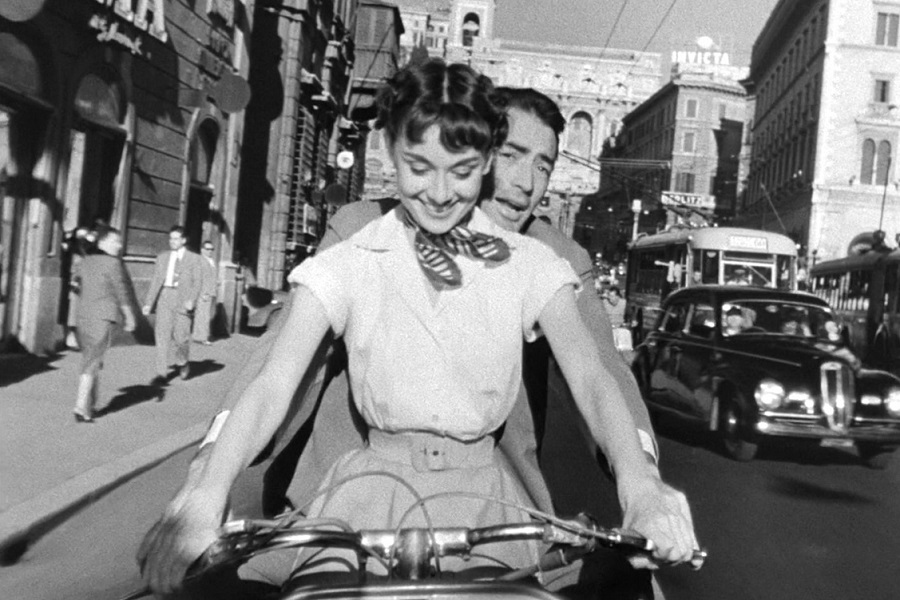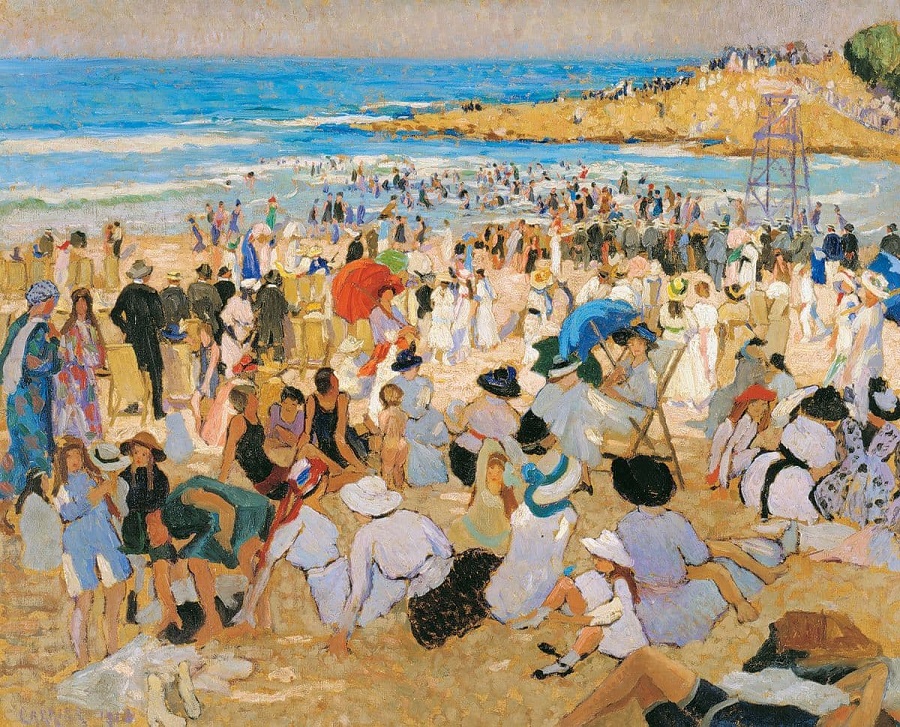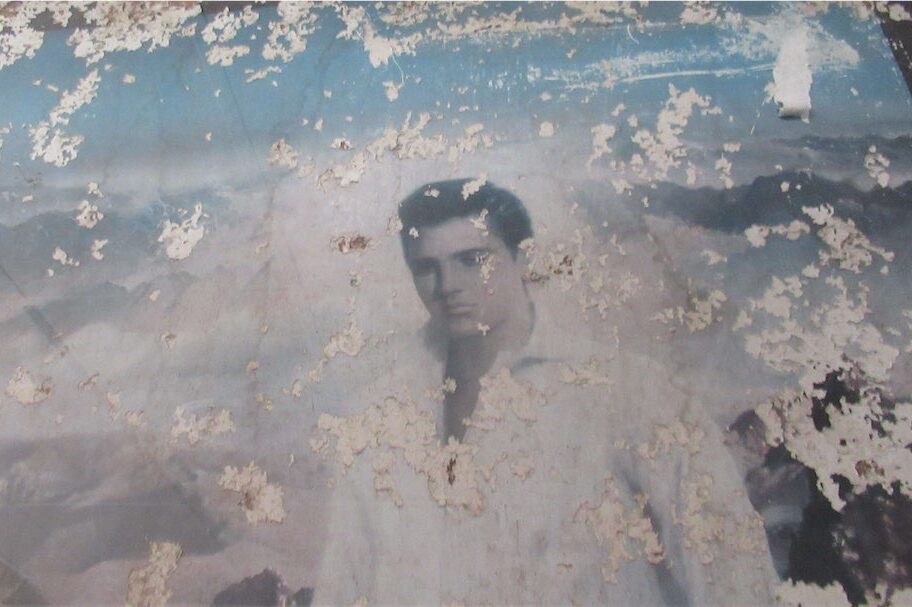WITH voluptuous sex goddesses and female deities ready to tear their male victims apart, the “Feared and Revered: Feminine Power through the Ages” exhibition is not for the fainthearted.
It makes a change, for when the British Museum blockbuster “Ancient Greeks” came to the National Museum of Australia last year, there was considerable grumbling about the excessive masculinity of the show, subtitled “Athletes, Warriors and Heroes”.
This year the two museums go a distance towards addressing that problem.
Retitled from the British Museum’s initial name, “Feminine power: the divine to the demonic”, the show canvasses the potency of the feminine principle in the West, in Africa, the Pacific Islands, South America and most notably in India, where the fearsome side of the female is personified in the “terrible” goddess Kali.
“Mother of the universe, mistress of all elements,” one of the huge labels reads, as we embark on a trip through various aspects of the feminine – creation and nature, passion and desire, magic and malice, justice and defence and compassion and salvation.
The titles reveal the complexity of this exhibition, for it’s not all black and white, as the fearsome Kali and the lioness-headed goddess Sekhmet, are also revered as mothers.
Visiting British Museum curator Belinda Crerar told me it wasn’t specifically the macho “Greeks” that inspired them to embark on this show, but more the fact that most museums and art galleries were male-focused – “we wanted to redress that”.
And anyway, as Chaucer, quoted in the catalogue, wrote, “By God, if women had written stories they would have written of men more wickedness than all the mark of Adam may redress.”
If you were looking for redress, you could hardly go past the “Magic and Malice” section of the exhibition, where the ancient Indian concept of Shakti – energy, ability, strength and power – are seen in the persons of divine warrior-goddesses such as Kali and Durga.
In this section, Crerar says, we see many outsider women who were labelled as demons and witches, showing how much female authority was feared, which has come into prominence lately as the parliament of Scotland starts on a public apology for historical executions of “witches”.
For a bit of light relief, the gorgon Medusa, with her petrifying stare, is used for a touchscreen colouring-in game.
A truly scary modern artwork by Bengali artist Kaushik Ghosh, Kali is shown dancing on top of her supine consort Siva as she uses her Shakti to bring things back into balance.
“That’s a true portrait of female power,” Crerar says, adding that it’s not a simple matter, for Siva is both the god of destruction and creation while Kali is both the destroyer of men and, as a mother, the creator of them.
Among the most striking exhibits are two statues of the Egyptian goddess Sekhmet who, with a head of a lioness, symbolises terrifying power but who was also called the “mistress of life” so is often shown holding an “Ankh”, the hieroglyphic sign for life.
In nature, Crerar notes, it’s the lioness, the female of the species, who does the hunting in the killing and the awe of Sekhmet relates to the real world in North Africa of the time.
A straightforward feminist narrative, then, will not do to summarise this exhibition of 160 objects dating back to 2800 BCE.
The “Passion and Desire” section features ancient goddesses Inanna and Ishtar alongside Eve, Radha and Venus and prominently, a Roman statue of Venus seen emerging from her bath in a moment of sheer beauty, but Aphrodite’s bloody revenge was legendary among those who disobeyed her commands.
A completely contrasting aspect of the female is seen in the final chapter, “Compassion and Salvation”, which features Isis, Mary “Queen of Heaven” and the Chinese Guanyin (Kannon in Japan) goddess of mercy and compassion.
There’s even a fascinating porcelain figure named in it in which Guanyin is seen holding a baby in the manner of the Madonna holding the Christ child, but that association, Crerar says, is perhaps one we make from a western point of view.
This exhibition may not have as much white marble as its predecessors “Rome: City and Empire” and “Ancient Greeks”, for some of the striking exhibits such as the statues of Sekhmet, made of the igneous rock granodiorite, are made of many substances and media.
But they are worth a good look and some serious rethinking.
“Feared and Revered: Feminine Power through the Ages,” National Museum, until August 27.
Who can be trusted?
In a world of spin and confusion, there’s never been a more important time to support independent journalism in Canberra.
If you trust our work online and want to enforce the power of independent voices, I invite you to make a small contribution.
Every dollar of support is invested back into our journalism to help keep citynews.com.au strong and free.
Thank you,
Ian Meikle, editor









Leave a Reply